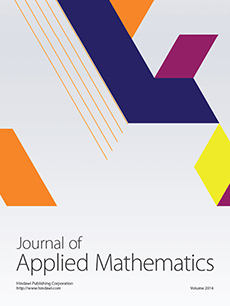Abstract
A sparse linear system constitutes a valid model for a broad range of physical systems, such as electric power networks, industrial processes, control systems or traffic models. The physical magnitudes in those systems may be directly measured by means of sensor networks that, in conjunction with data obtained from contextual and boundary constraints, allow the estimation of the state of the systems. The term observability refers to the capability of estimating the state variables of a system based on the available information. In the case of linear systems, diffierent graphical approaches were developed to address this issue. In this paper a new unified graph based technique is proposed in order to determine the observability of a sparse linear physical system or, at least, a system that can be linearized after a first order derivative, using a given sensor set. A network associated to a linear equation system is introduced, which allows addressing and solving three related problems: the characterization of those cases for which algebraic and topological observability analysis return contradictory results; the characterization of a necessary and sufficient condition for topological observability; the determination of the maximum observable subsystem in case of unobservability. Two examples illustrate the developed techniques.
Citation
Santiago Vazquez-Rodriguez. Jesús Á. Gomollón. Richard J. Duro. Fernando López Peña. "A Graph Approach to Observability in Physical Sparse Linear Systems." J. Appl. Math. 2012 (SI12) 1 - 26, 2012. https://doi.org/10.1155/2012/305415
Information





